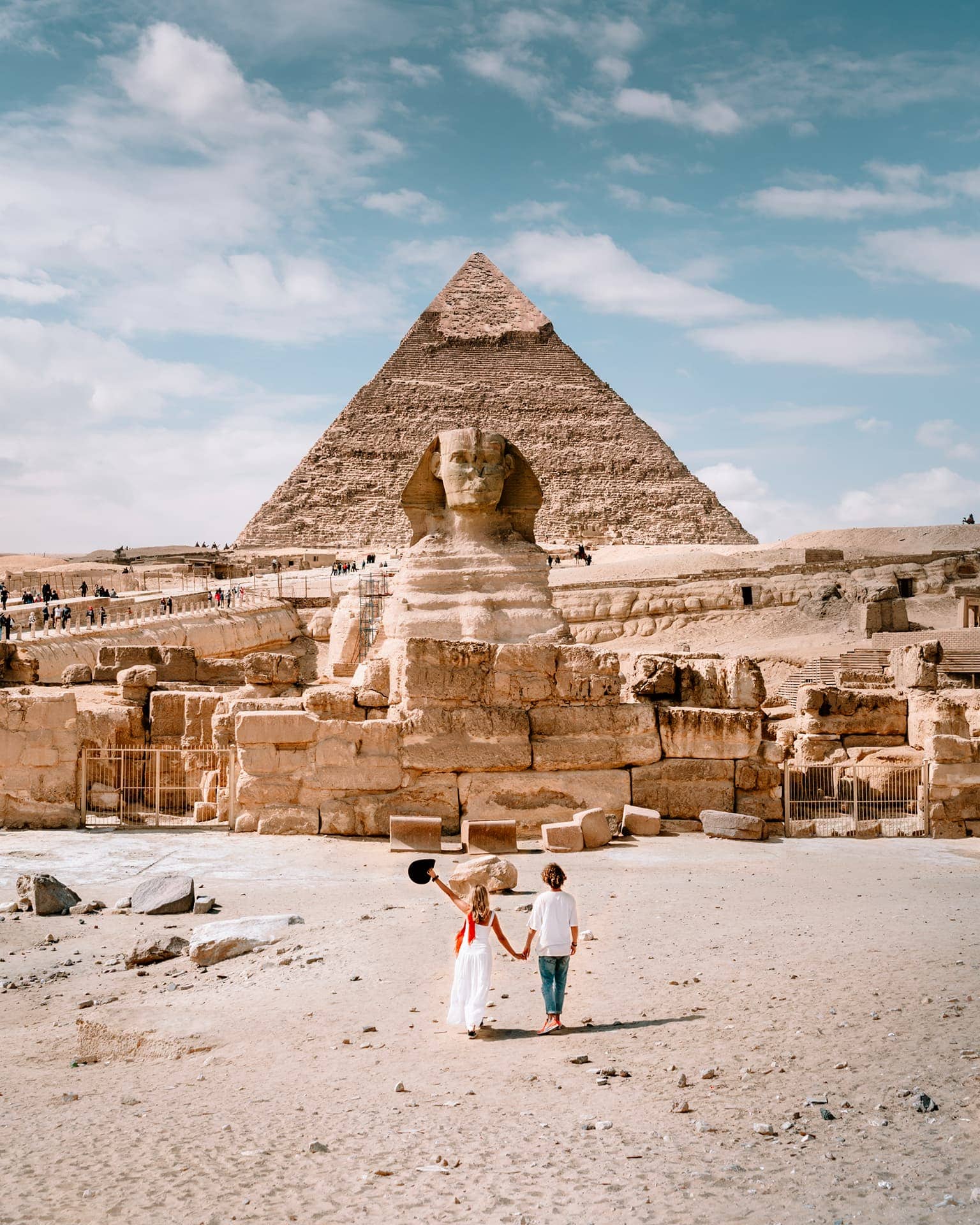The Pyramid of Pepi II, or the Pyramid of Neferkare Pepi II, is an important ancient Egyptian monument located in Saqqara, Egypt, dating back to the Sixth Dynasty of the Old Kingdom (around 2200 BCE). Here are more detailed insights into this pyramid complex:
1. **Pharaoh Pepi II**: Pepi II, also known as Neferkare Pepi II, was a pharaoh who reigned for approximately 94 years, making him one of the longest-reigning monarchs in history. He ruled during the later part of the Sixth Dynasty, a period characterized by economic decline and political decentralization.
2. **Pyramid Structure**: Pepi II's pyramid is a typical example of a Sixth Dynasty pyramid, constructed using limestone blocks. While the pyramid was once around 52 meters (170 feet) in height, it is now significantly eroded and reduced in size.
3. **Pyramid Complex Components**:
- **Mortuary Temple**: Adjacent to the pyramid was a mortuary temple where rituals and offerings were performed for the deceased pharaoh. The mortuary temple was dedicated to Pepi II's cult and served as the focal point of funerary activities.
- **Causeway**: A causeway, lined with decorated walls and possibly featuring reliefs and inscriptions, connected the mortuary temple to a valley temple located near the Nile River.
- **Valley Temple**: The valley temple, situated at the edge of the cultivation area, served as the entrance to the pyramid complex and the starting point of the funerary procession.
4. **Subsidiary Pyramids**: Pepi II's pyramid complex also included smaller pyramids or mastabas for the burial of royal family members, officials, or high-ranking individuals associated with the pharaoh.
5. **Burial Chamber**: Deep within the pyramid, a burial chamber was constructed to house the pharaoh's sarcophagus and funerary goods. The walls of the chamber may have been adorned with religious texts and scenes depicting the pharaoh's journey to the afterlife.
6. **Excavations and Discoveries**: Archaeological investigations at Pepi II's pyramid complex have uncovered artifacts, inscriptions, and evidence of ancient Egyptian funerary practices. These discoveries contribute to our understanding of royal burials and religious beliefs during the Sixth Dynasty.
7. **Historical Significance**: The Pyramid of Pepi II is historically significant as it represents the final phase of pyramid construction in the Old Kingdom period. Pepi II's long reign and the decline of central authority during this time mark important transitions in ancient Egyptian history.
8. **Tourism and Conservation**: Today, the Pyramid of Pepi II is part of the Saqqara archaeological site and is open to visitors. Efforts are made to preserve and protect the pyramid complex, ensuring its historical and cultural importance for future generations.
In summary, the Pyramid of Pepi II is an important archaeological site that reflects the architectural, religious, and political developments of the later Old Kingdom period in ancient Egypt. The complex provides valuable insights into the funerary practices and beliefs surrounding kingship during Pepi II's reign.
 English
English











